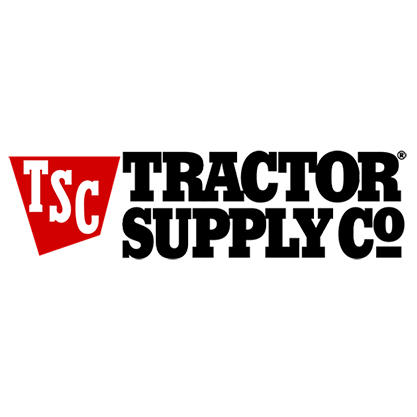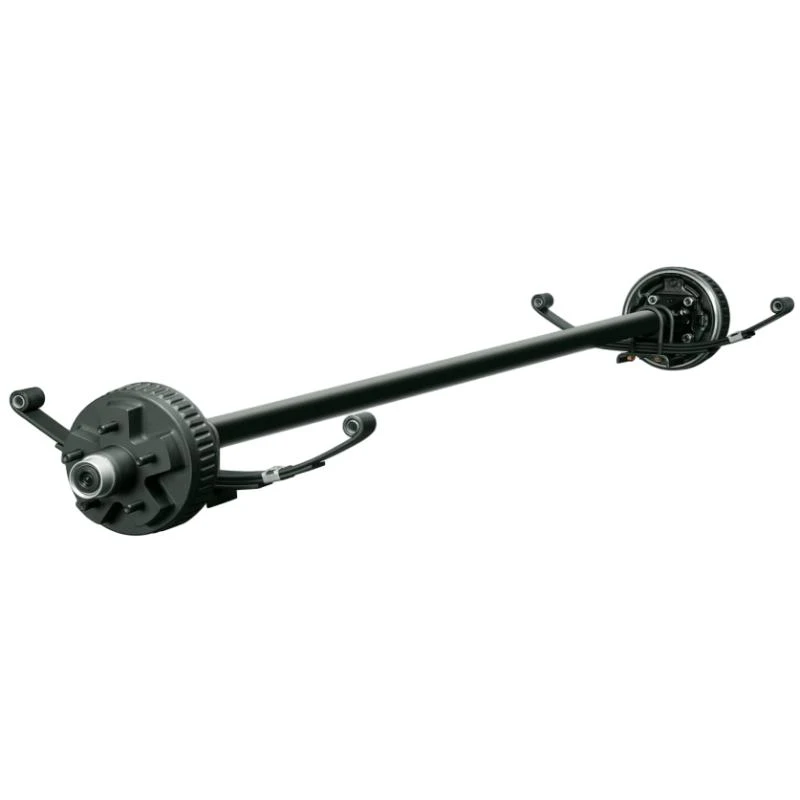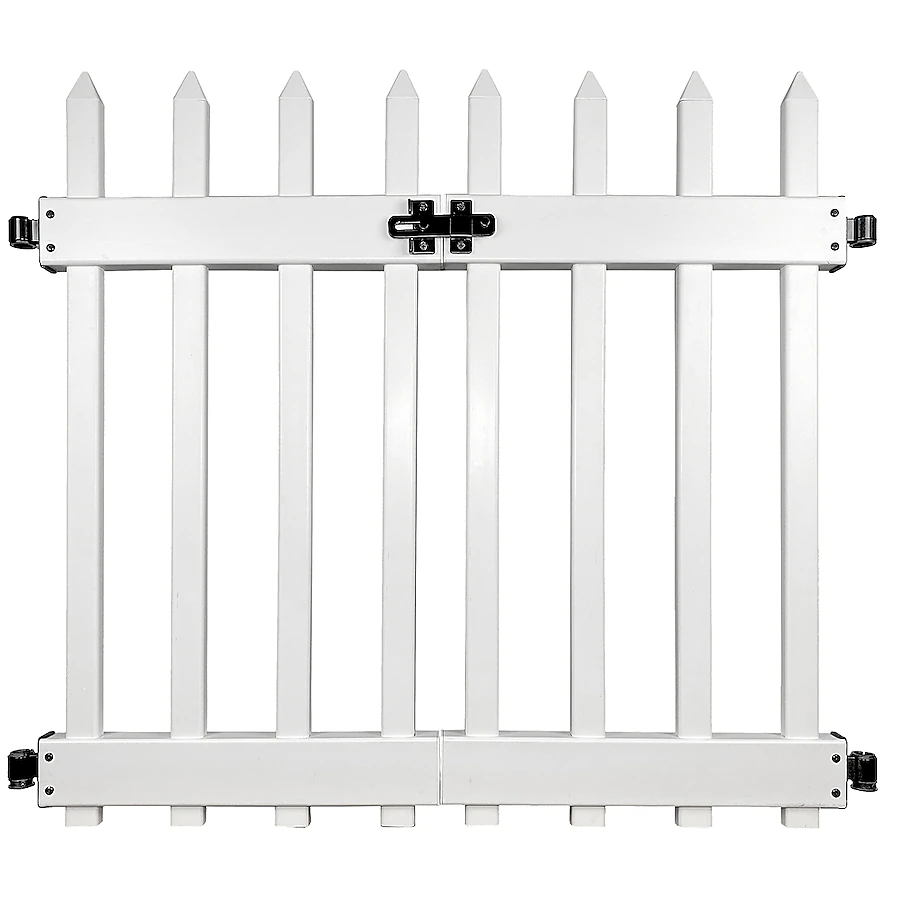Innovative Solutions for Efficient Warehouse Shelving Systems and Storage Optimization Strategies
Out . 13, 2024 06:02
The Essential Guide to Warehouse Shelving Maximizing Space and Efficiency
In the modern world of logistics and supply chain management, effective warehouse organization is paramount. One of the key elements that determine the efficiency of a warehouse is its shelving system. Warehouse shelving not only maximizes the available space but also enhances operational efficiency, making it easier for workers to retrieve and manage inventory. This article will explore the various types of shelving systems, their benefits, and best practices for implementation.
Understanding Warehouse Shelving Types
Warehouse shelving comes in various designs, each suited to specific storage needs. Here are some common types
1. Selective Pallet Racking This is one of the most widely used shelving systems. Selective pallet racks offer easy access to individual pallets, which is crucial for operations that have a high turnover of stock. They are adjustable and can be customized to fit different pallet sizes.
2. Drive-In and Drive-Thru Racking This system allows forklifts to drive directly into the rack structure. Drive-in racking maximizes space by allowing for higher-density storage, while drive-thru offers access from both sides of the aisle. These systems are ideal for businesses with large quantities of similar products.
3. Pushback Racking This design allows pallets to be stored at an incline on a series of wheeled carts. As new pallets are added, the existing ones are pushed back, allowing for first-in-last-out (FILO) inventory control. This system is effective for managing perishable goods or items with varying demand rates.
4. Cantilever Racking Ideal for long and bulky items, cantilever racks feature arms that extend out from a central column, permitting easy access to products like pipes, lumber, or furniture. Their design allows for vertical stacking and efficient space utilization.
5. Multi-Tier Shelving This type consists of several levels of shelving, stacked vertically to maximize floor space. Multi-tier shelving is particularly useful for smaller items, as it saves ground space and the vertical arrangement allows for better organization.
Benefits of Effective Warehouse Shelving
Implementing an appropriate shelving system can lead to several benefits
the warehouse shelving

1. Space Optimization Effective shelving systems allow for better use of vertical space, thus increasing storage capacity without the need for larger facilities.
2. Improved Accessibility By choosing the right type of shelving, businesses can ensure that products are easily accessible to workers, reducing the time spent searching for items. This not only expedites order fulfillment but also enhances worker productivity.
3. Enhanced Safety A well-organized shelving system reduces clutter and minimizes the risk of accidents in the warehouse. Properly allocated space for each item ensures that workers don’t have to navigate through obstacles, leading to a safer working environment.
4. Better Inventory Management An organized shelving system makes it easier to conduct inventory checks and manage stock levels. With clear labels and organization, businesses can reduce errors and improve accountability.
Best Practices for Implementing Warehouse Shelving
To maximize the benefits of warehouse shelving, companies should follow these best practices
1. Assess Your Needs Before investing in shelving, assess your products’ dimensions, weight, and turnover rates. Understanding the specific needs of your inventory will help you select the most suitable shelving system.
2. Plan Layout Carefully Consider the flow of goods through your warehouse. A well-planned layout can minimize the travel time for picking items and lead to more efficient operations.
3. Regularly Review and Adjust As inventory needs change, regularly review your shelving setup and adjust as necessary. Flexibility is key; being able to adapt to new products or changes in volume can significantly affect efficiency.
4. Train Employees Ensure that workers are trained on how to utilize the shelving system properly. Proper training will help maintain organization and safety standards.
In conclusion, warehouse shelving is a critical component of efficient warehouse operations. Understanding the different types of shelving, their benefits, and the best practices for implementation can significantly impact a business's efficiency and productivity. By investing in the right shelving solutions, companies can create a well-organized, functional, and safe warehouse that supports their operational goals.




















